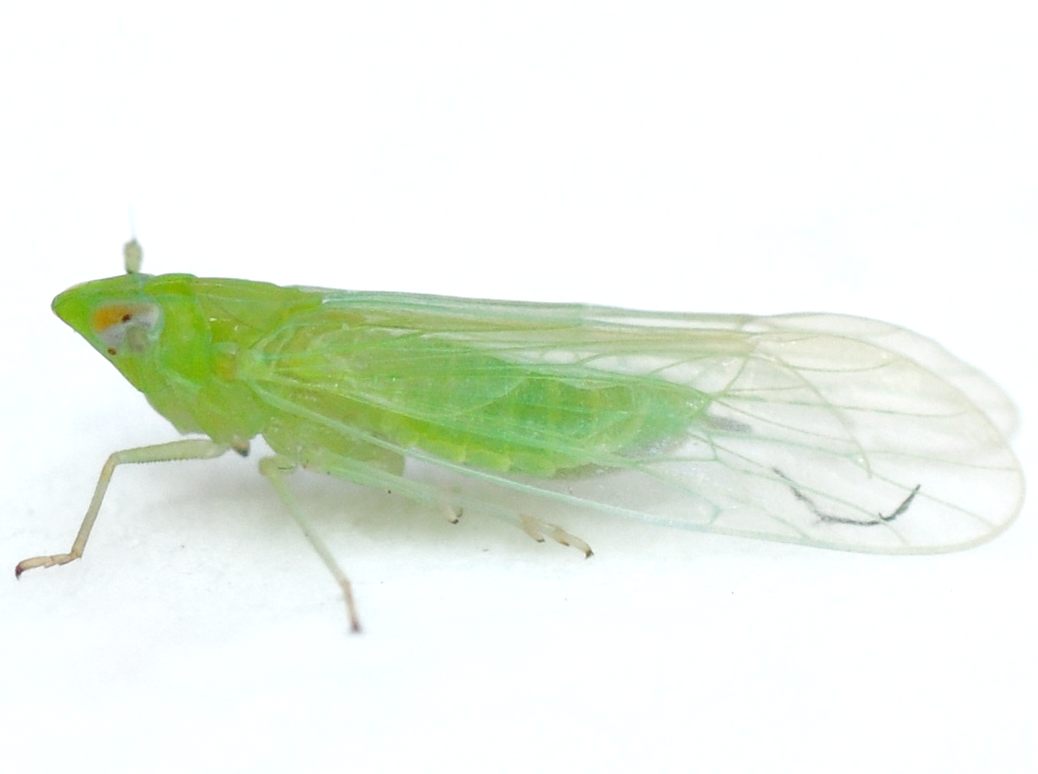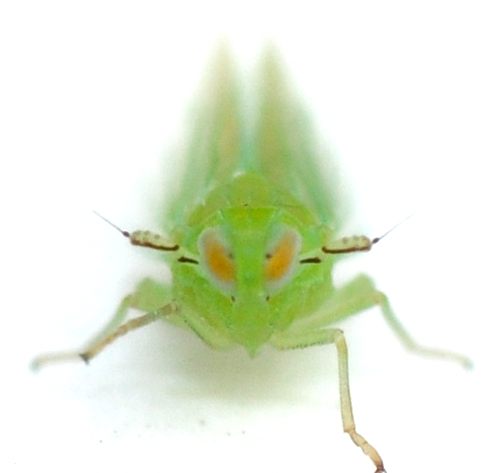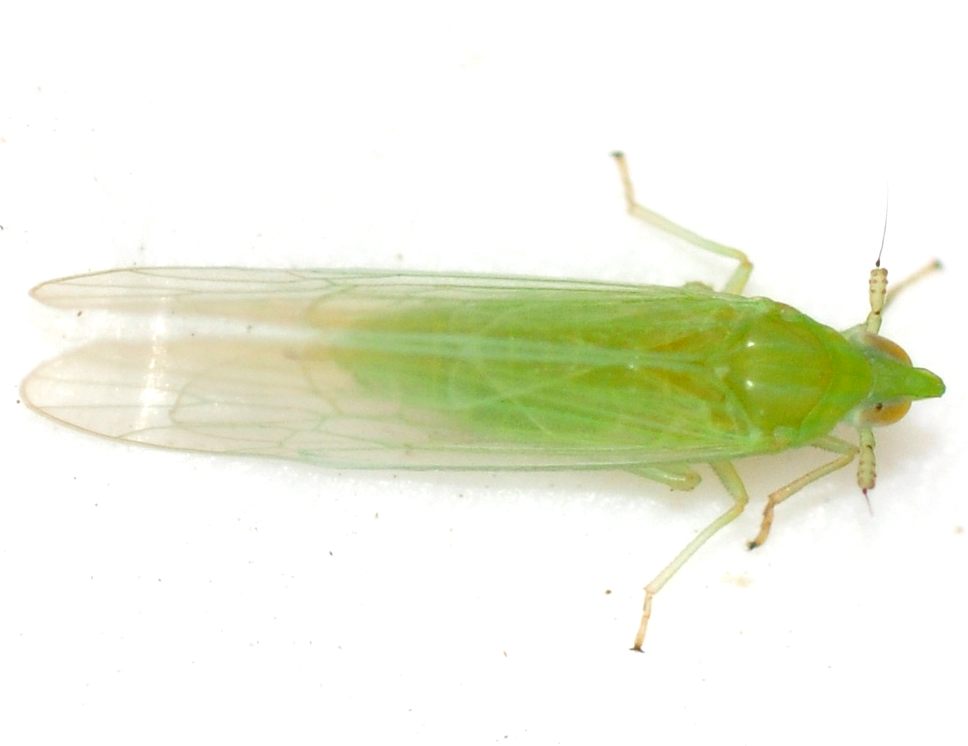| Family (Alpha): | |||
« |
 » » |
| DELPHACIDAE Members: | NC Records | |||||
|---|---|---|---|---|---|---|
Saccharosydne saccharivora - West Indian Canefly | ||||||
 © Kyle Kittelberger- side view |  © Kyle Kittelberger- note black lines |  © Kyle Kittelberger- note body shape |  © Rob Van Epps |
|
Hoppers of North Carolina: Spittlebugs, Leafhoppers, Treehoppers, and Planthoppers |
| Family (Alpha): | |||
« |
 » » |
| DELPHACIDAE Members: | NC Records | |||||
|---|---|---|---|---|---|---|
Saccharosydne saccharivora - West Indian Canefly | ||||||
 © Kyle Kittelberger- side view |  © Kyle Kittelberger- note black lines |  © Kyle Kittelberger- note body shape |  © Rob Van Epps |